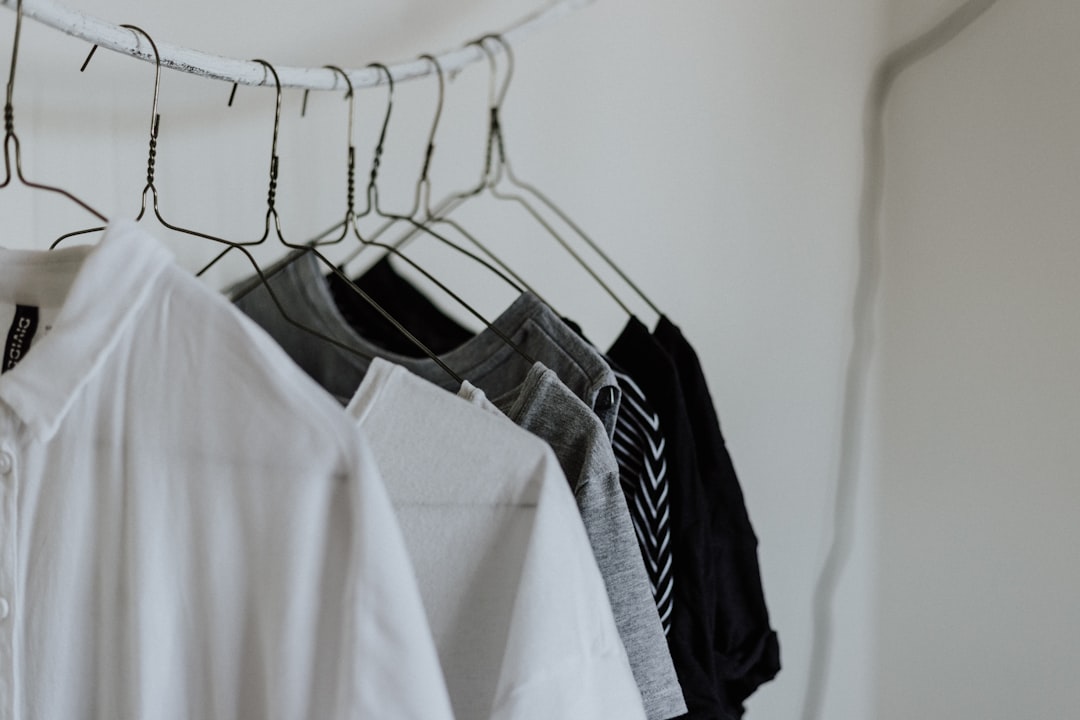 Photo from Unsplash
Photo from Unsplash
Originally Posted On: https://cottontoday.cottoninc.com/stop-the-cycle-on-microplastics-and-choose-cotton/
One of the most serious issues with a non-circular, or disposable, economy is the amount of improperly discarded waste entering the environment. Because of this waste, large amounts of plastics and other harmful materials enter our ecosystems, our water, and our bodies.
Cotton Incorporated has been studying the biodegradability of fabrics for over a decade. In recent years there has been a growing focus on microplastics – particles generally smaller than 5 mm – which are generated every time a piece of synthetic fabric is worn and washed. While all fabrics can produce microfibers (or fiber fragments), only synthetic materials release microplastics.
How Much Microplastics Do We Consume on Average?
According to a study conducted by the University of Newcastle, it is estimated that each person consumes, on average, up to a credit card’s worth (0.17 ounces) of microplastics by weight every week. This demonstrates the widespread presence of microplastics in our environment and their potential impact on human health.
What Do Microfibers Have to Do With My T-Shirt?
As strange as it sounds, textiles are responsible for 35% of the microplastics found in our oceans.1 That’s because all textiles shed microfibers from everyday wash and wear, and synthetic textiles shed microfibers that are also microplastics.
Microfiber Biodegradability in Aquatic Environments
In 2020 and 2021, Cotton Incorporated published studies on various aspects of how microfibers and microplastics degrade in aquatic environments. Regardless of the type of water: lake water, seawater, or “activated sludge” from a wastewater treatment plant–natural microfibers like cotton readily biodegrade, whereas polyester microfibers essentially do not.2
When tested in different aquatic environments, most cotton samples degraded by more than 60% in less than 20 days, and some samples degraded by as much as 85% over a 100-day test period. In comparison, every sample actually biodegraded faster and more extensively than an oak leaf.3
Researchers from North Carolina State University, Duke University and Cotton Incorporated have found that cotton biodegraded significantly when left in realistic aquatic conditions for an extended period regardless of how the fabric had been chemically treated. The findings showed that with commonly used fabric treatments including silicone softener, durable press, water repellent, and a blue reactive dye, cotton still biodegrades more than 60% when left in water for 102 days.
Microfiber Biodegradability on Land
In 2010, Cotton Incorporated and Cornell University published a comparative study on the Biodegradability of Cotton and Polyester Fabrics. They tested cotton and polyester fabrics in a controlled laboratory setting and a large-scale composting facility. Results from the lab showed that the polyester fabric did not degrade much in either environment, remaining mostly intact. However, the cotton fabric treated with a softener broke down faster, while the cotton fabric treated with a resin showed slower degradation.
Furthermore, it was observed that all cotton samples degraded more significantly in the composting facility compared to the laboratory conditions. The polyester fabric remained intact even in the compost environment. These findings demonstrate that cotton is more compostable, while polyester shows resistance to degradation.
Education, Awareness, and Circularity
New research from Cotton Incorporated finds that less than half of adults surveyed are familiar with microplastic pollution, and even fewer are taking action to minimize microplastic pollution regarding their clothing choices. The quantitative survey found that 49% of adults were familiar with the term “microplastics,” and among these, 52% of those surveyed recognized that clothing made from synthetic materials, like polyester, impacts the problem of microplastic pollution. In contrast, adults who are familiar with microplastic pollution are most likely to identify plastic bags (76%) and microbeads (61%) from health and beauty products as contributors, reinforcing the need for further education and awareness.4
When asked what actions consumers took to reduce their contribution to microplastic pollution, 64% of respondents said they carried reusable tote bags, 63% said they used refillable water bottles, and 49% said they used reusable straws (or no straws). Only 38% of respondents said they purposely chose clothing made of natural fibers instead of synthetic materials. In comparison, 35% said they check the label on clothing before purchase to see if it is made from natural fibers.4
Cotton Incorporated is leading the charge for cotton’s sustainability and promoting circularity to consumers. Cotton’s Blue Jeans Go Green program focuses on knowing what our denim clothes are made of, and when they’re made from cotton, they’re natural, durable, and recyclable. Since 2006, brands, retailers, universities and school groups, organizations, and individuals across America have contributed well over 4.5 million pieces of denim and diverted over 2,290 tons of textile waste from landfills.
program focuses on knowing what our denim clothes are made of, and when they’re made from cotton, they’re natural, durable, and recyclable. Since 2006, brands, retailers, universities and school groups, organizations, and individuals across America have contributed well over 4.5 million pieces of denim and diverted over 2,290 tons of textile waste from landfills.
For more information on microfibers and the biodegradability of cotton, please visit cottontoday.
AMERICA’S COTTON PRODUCERS AND IMPORTERS. Service Marks / Trademarks of Cotton Incorporated. © 2023 Cotton Incorporated
Factsheet: Stop the Cycle on Microplastics and Choose Cotton
1 IUCN. (2017). Invisible Plastic Particles from Textiles and Tyres a Major Source of Ocean Pollution. https://www.iucn.org/news/secretariat/201702/ invisible-plastic-particles-textiles-and-tyres-major-source-ocean-pollution-%E2%80%93-iucn-study.
2 Zambrano, M. C., Pawlak, J. J., Daystar, J., Ankeny, M., Goller, C. C., & Venditti, R. A. (2020). Aerobic biodegradation in freshwater and marine environments of textile microfibers generated in clothes laundering: Effects of cellulose and polyester-based microfibers on the microbiome. Marine Pollution Bulletin, 151(January). https://doi.org/10.1016/j.marpolbul.2019.110826
3 Zambrano, M. C., Pawlak, J. J., Daystar, J., Ankeny, M., & Venditti, R. A. (2021). Impact of dyes and finishes on the aquatic biodegradability of cotton textile fibers and microfibers released on laundering clothes : Correlations between enzyme adsorption and activity and biodegradation rates. Marine Pollution Bulletin, 165(January), 112030. https://doi.org/10.1016/j.marpolbul.2021.112030
4 Quantitative survey of 527 adults 18 and older in the US to understand the awareness and perception of about microplastics, clothing purchase decisions and decisions around the environment. The survey was conducted using an online data collection methodology through Dynata. The survey was conducted June 15 – 16, 2023.






